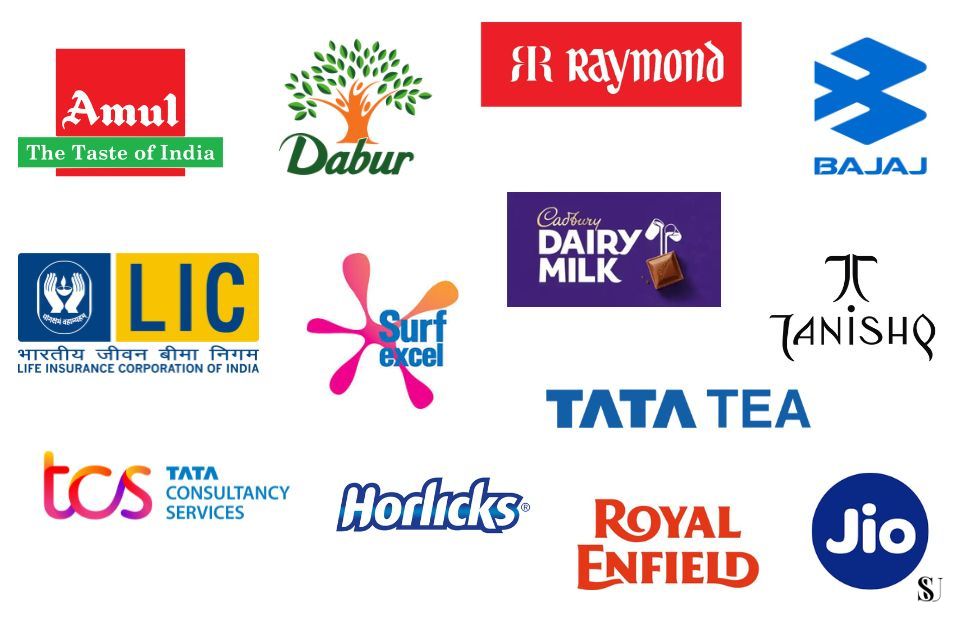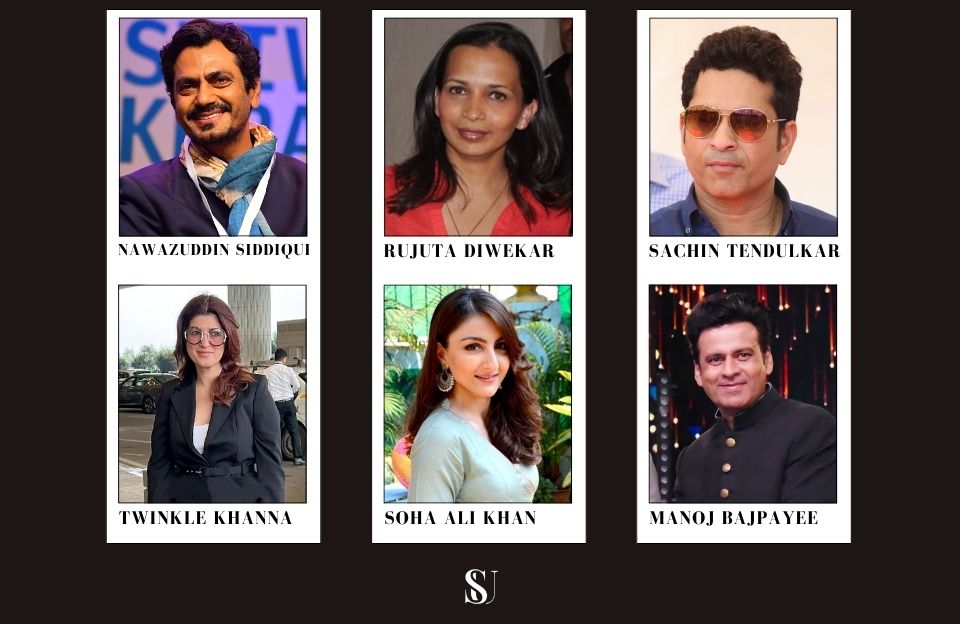In the ever-evolving world of marketing, Indian brands are increasingly stepping away from just showcasing product features. Instead, they are embracing the emotional pulse of their audience. This emotional marketing approach connects on a deeper, human level — evoking feelings of nostalgia, pride, hope, and togetherness. By aligning their stories with the everyday emotions of Indian consumers, Indian brands are building trust, loyalty, and long-term customer relationships. This article explores how these brands are going beyond mere transactions to create meaningful emotional experiences, and why this strategy resonates so powerfully in India’s diverse cultural landscape.
Emotional Branding: A Strategic Shift
Gone are the days when a simple advertisement about price and quality could win customers. In today’s competitive market, Indian brands understand that emotional resonance is far more impactful than rational persuasion. Whether it’s celebrating festivals, honoring mothers, or promoting unity in diversity, brands like Tanishq, Amul, and Tata Tea have successfully turned feelings into formidable branding tools.
Tanishq’s campaigns, for instance, often highlight modern Indian women balancing tradition and progress. Their ad films about remarriage or interfaith weddings have sparked conversations and touched hearts — showing that the brand stands for more than just jewelry. Similarly, Tata Tea’s “Jaago Re” campaign stirred national awareness and civic consciousness, encouraging Indians to vote and be socially responsible.
These examples illustrate that Indian brands no longer just sell products — they sell values, ideals, and emotions. By weaving stories that reflect real-life moments, these brands build stronger emotional connections, which in turn, foster brand loyalty.
Cultural Relevance: Rooted in Indian Identity
Emotional branding in India works particularly well because of the country’s diverse and emotionally rich culture. Indian brands are deeply aware of this and leverage it effectively to establish cultural relevance.
Amul, one of India’s most iconic brands, is a masterclass in emotional and topical advertising. Their iconic Amul Girl cartoons reflect socio-political commentary while keeping the tone light and witty. This decades-old strategy has helped Amul remain a household name — not just for its dairy products but also for its emotional intelligence.
Similarly, brands like Surf Excel have adopted religious and cultural occasions to build emotional campaigns. Their “Daag Achhe Hain” campaign has transcended product promotion and now stands as a symbol of kindness, innocence, and unity. It connects with parents on the emotional values they want to instill in their children.
Indian brands succeed because they don’t speak at consumers — they speak with them, reflecting their values, struggles, and celebrations. This emotional mirroring leads to stronger engagement and consumer trust.
The Power of Nostalgia and Family Bonds
Nostalgia is a powerful emotional trigger, and Indian brands have been tapping into it with remarkable creativity. Be it the melodies of old jingles, visuals of family dinners, or memories of school days, nostalgia has become a major part of emotional branding strategies.
Take the example of Cadbury Dairy Milk. Their classic campaigns — like the girl dancing on a cricket field — are etched in the memories of millions. The newer ads continue to build on this legacy, keeping the emotional essence intact while refreshing the execution. Cadbury’s recent “Kuch Achha Ho Jaaye, Kuch Meetha Ho Jaaye” campaign during the pandemic urged people to support local businesses — once again touching hearts while staying relevant.
Family bonds are another emotional cornerstone in Indian marketing. Brands like Horlicks, Bournvita, and LIC often portray stories of parents sacrificing for their children’s future — a sentiment that resonates strongly across Indian households. These stories not only reflect Indian values but also give the brand a relatable and trustworthy identity.
Social Impact and Emotional Responsibility
In recent years, Indian brands have also aligned their emotional storytelling with social causes — another way to win hearts while staying authentic. They understand that the modern Indian consumer appreciates brands that are emotionally aware and socially responsible.
For instance, Brooke Bond Red Label’s campaign around breaking social barriers with a cup of tea highlights inclusion and acceptance. Likewise, Ariel’s “Share the Load” challenged traditional gender roles by addressing household gender inequality — a topic rarely tackled in advertising until recently.
These emotionally driven campaigns are not just advertisements — they are statements. Indian brands are using their voice to influence societal change, creating a space where brand purpose meets human purpose.
Conclusion: Emotion as a Brand Legacy
Indian brands have mastered the art of storytelling through emotion — and this emotional branding is here to stay. In a market flooded with options, what truly makes a brand memorable is how it makes people feel. By connecting with the emotional realities of everyday Indian life — from the joy of festivals to the strength of family and the importance of social values — Indian brands have created identities that go far beyond products.
Whether it’s nostalgia, culture, social change, or shared values, emotions have become the secret ingredient for building lasting connections. As the Indian consumer becomes more conscious and emotionally intelligent, brands that embrace this emotional dimension will continue to thrive — not just in terms of profit, but in the hearts of millions.



